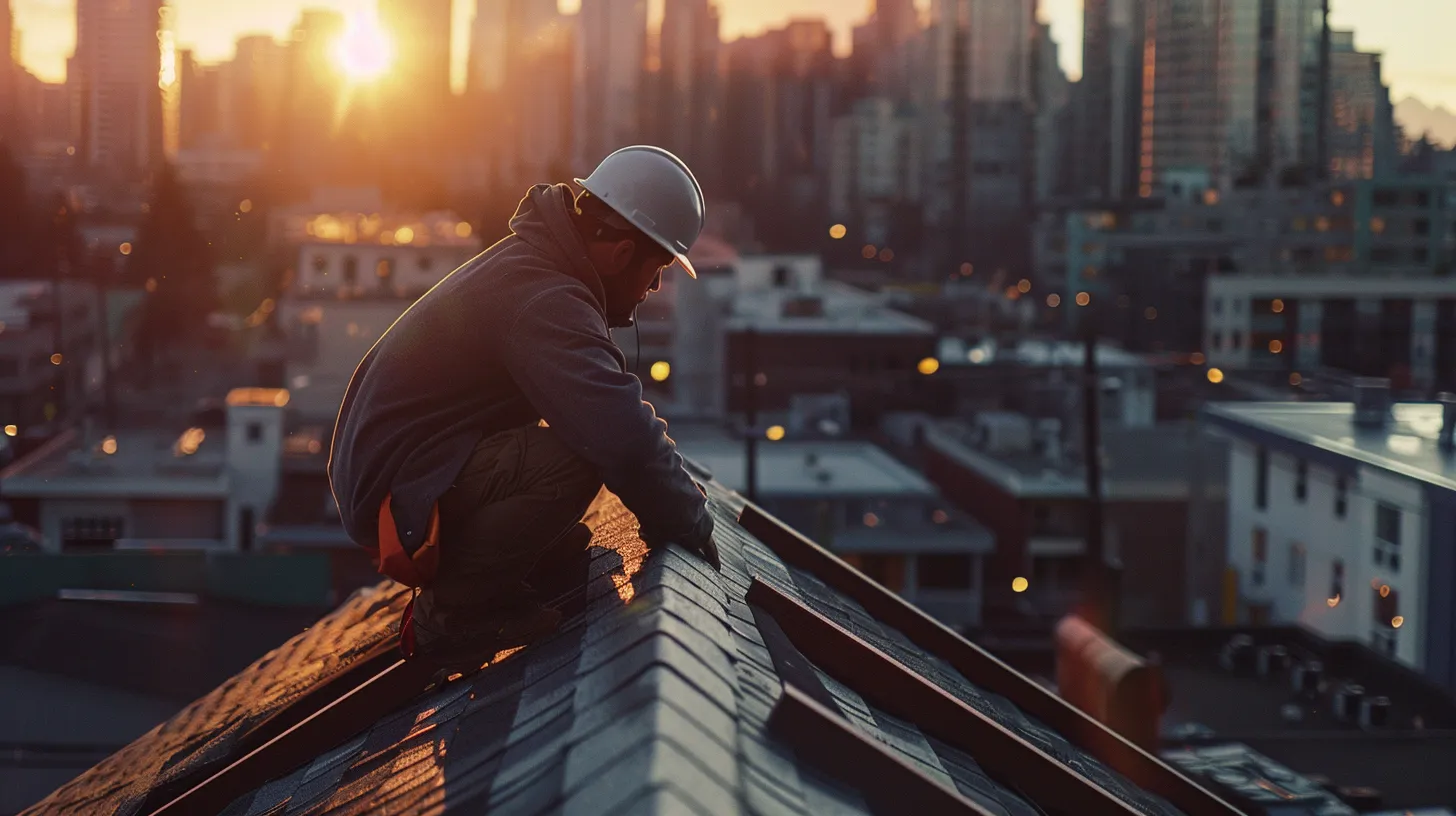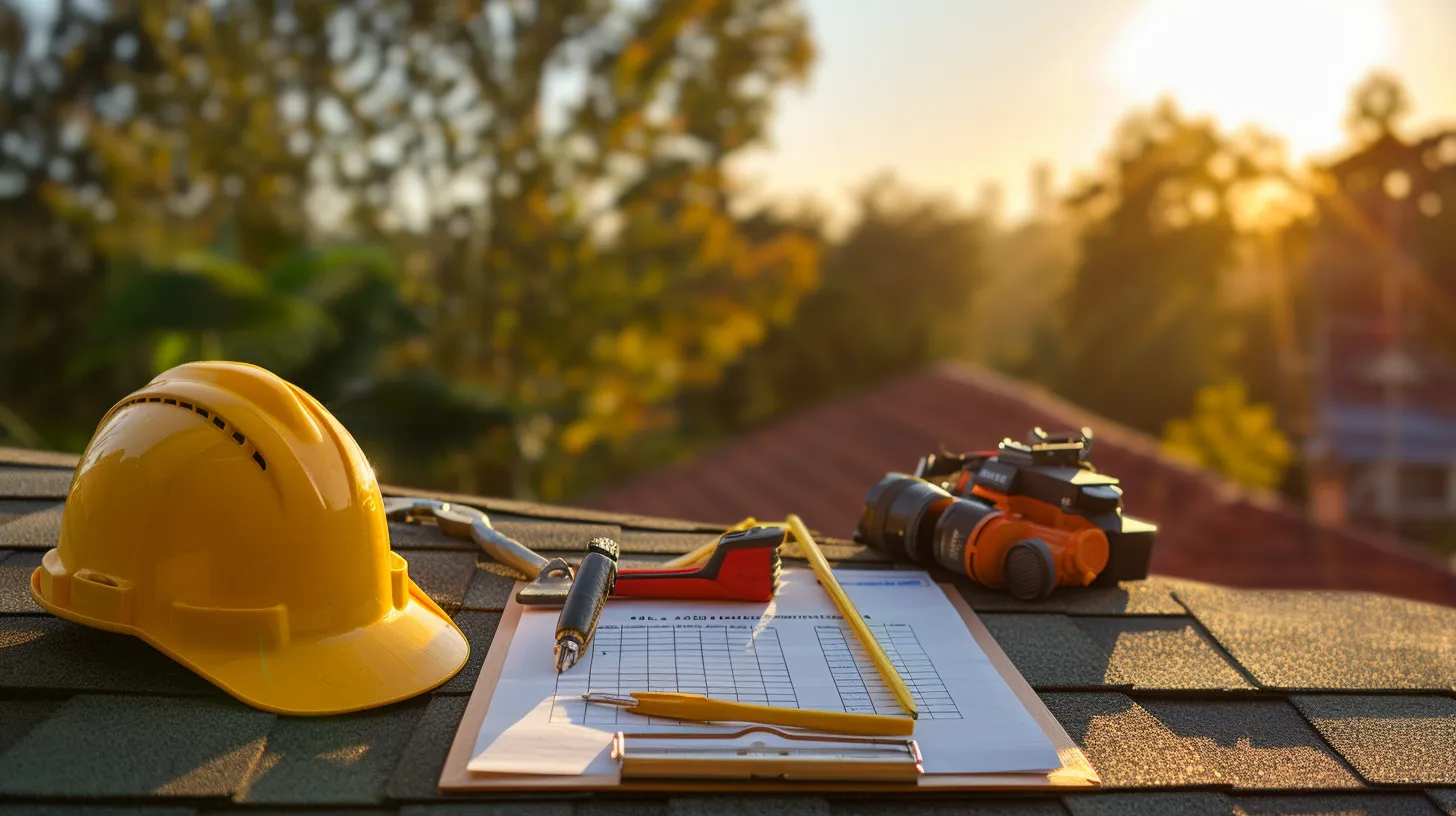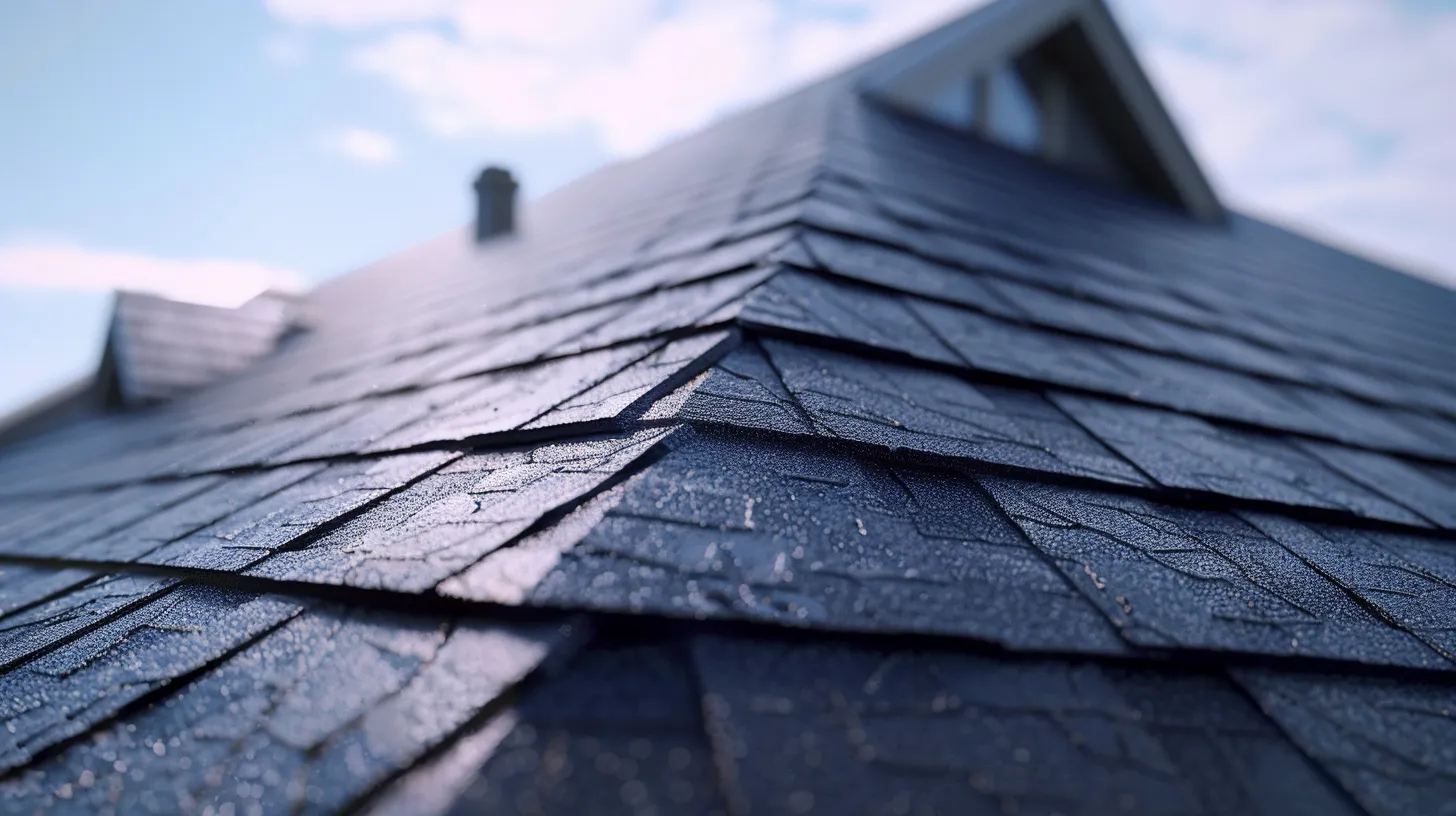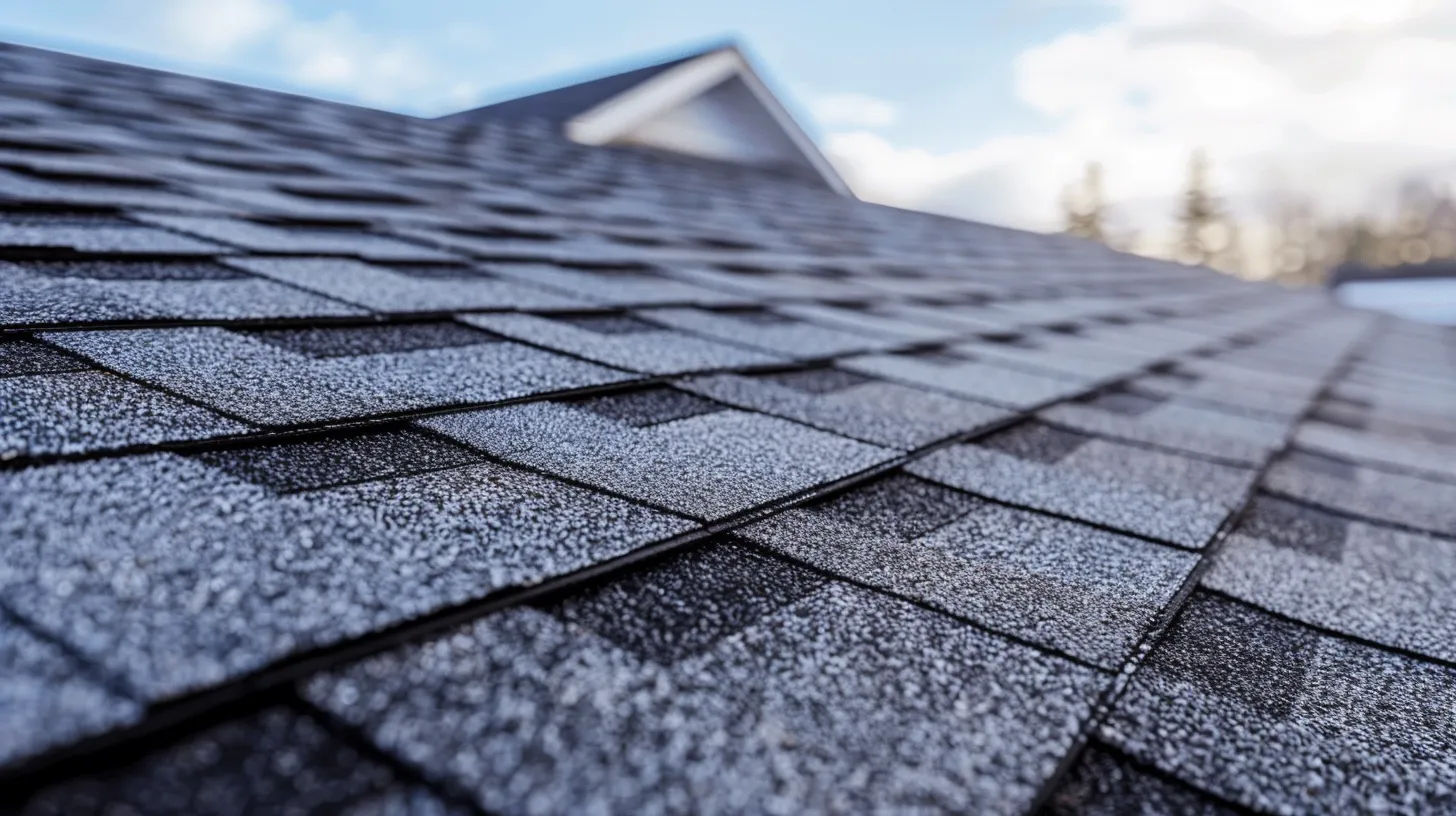
Proven Roof Inspection Tips Before Closing on a Home
Roof Inspection Tips Before Buying a Home
Do you question if your potential new home has a secure roof? In this post, you will learn roof inspection tips before buying a home, focusing on scheduling the inspection and spotting common concerns. You will gain practical advice to avoid costly repairs later. This content addresses your worries about hidden issues, ensuring you make an informed decision.
Key Takeaways
- inspect the roof for early wear and tear signs
- review reports to plan cost-effective repairs
- schedule inspections after heavy weather for damage assessment
- rely on professionals for clear repair estimates
- maintain regular checks to preserve home value
You start by noting the condition of the roof as you review drainage and overall structure. This initial check serves as a basis for further investigation.
You schedule an appointment with a trusted inspector who assesses all elements, including the driveway proximity and surrounding environment:
You confirm that necessary roof repair replacement is factored into your investment by working closely with experts. This step helps you forecast future maintenance needs.
You also check the lighting around the home, as proper illumination influences safety measures during the inspection. This attention assures you of clear visibility to detect any hidden issues.
The key insights lead you to a crucial detail next. You will soon learn why a strong roof is the cornerstone of a wise home purchase.
Understanding the Importance of Roof Inspections for Home Buyers
You protect your investment by identifying potential roof issues while ensuring masonry, water heating, steel, foundation, and construction components meet standards. You learn how roof condition affects home value, guiding you through informed decisions and planning future maintenance with practical insights. This approach helps you address each aspect with confidence for a successful purchase.
Protecting Your Investment by Identifying Issues
You start your journey by ensuring that a thorough roof inspection reveals any hidden problems, such as potential issues with the siding, wall, or attic. You consider every detail, including loose pipes and worn structural elements, to ensure a safe and sound investment.
You outline the key benefits of identifying issues during inspections, which include securing the overall health of your property, addressing damages before they escalate, and saving money in the long run:
- Examine the condition of the siding for wear and tear.
- Inspect the roof and surrounding wall for signs of water damage.
- Check the attic for proper insulation and ventilation.
- Verify that all pipe connections are secure and free from leaks.
How Roof Condition Affects Home Value
You assess the roof condition to make sure its structural components, such as framing and duct installations, are secure and well-aligned with the overall property design. You find that any issues with the roof, like a loose electrode system or faulty ground support, can reduce the home’s value and require additional maintenance.
You understand that a well-maintained roof not only protects your investment but also contributes to a higher resale value. You notice that quality roof work, along with properly installed framing and secure duct connections, offers peace of mind while making your next purchase a sound decision.
You have seen how a careful look at your roof protects your home. Now, learn what matters most before you make your next big purchase.
Key Factors to Consider Before Buying a Home
You assess a home’s roof by checking its age impact on longevity, evaluating various roofing materials and their care, and considering local climate effects. You confirm that the certificate of occupancy standards match while the ceiling, fireplace, and overall structure meet expectations during inspections, guiding you to detailed reviews ahead.
Age of the Roof and Its Impact on Longevity
You assess the general condition of your roofing by examining signs of aging, such as deteriorating flashing and cracked concrete elements that may affect overall longevity. This inspection helps you foresee potential issues with drywall surrounding the roof area, ensuring that any hidden damage is promptly addressed.
You benefit from a detailed evaluation of the roof’s age, as established wear and tear on roofing materials signals potential maintenance priorities. Noticing degraded flashing or weakened concrete components guides you to schedule timely repairs, while careful attention to drywall integrity supports a long-lasting investment.
Types of Roofing Materials and Their Maintenance Needs
You examine each roofing material carefully, keeping in mind that different types require unique upkeep. You recognize that asphalt shingles may need occasional replacement while metal or slate roofs demand specific cleaning and periodic sealing to maintain their durability.
You follow practical guidelines by scheduling routine inspections and addressing minor issues promptly. You note that investing in proper maintenance for your chosen roofing material protects your home and helps you avoid costly repairs in the future.
Local Climate Considerations
You assess the impact of local weather patterns when inspecting the roof for a home purchase. You note that prolonged exposure to heavy rainfall or fluctuating temperatures can influence the roof’s integrity and material performance, which in turn affects overall maintenance requirements and cost-effectiveness.
You take local climate conditions into account to gauge the long-term durability of the roofing system. You recognize that regional weather trends and seasonal changes are key factors, and you adjust your inspection criteria to include assessments of water drainage efficiency and resistance to harsh weather, ensuring your investment remains sound.
You review each detail with care, knowing every choice matters. Now, you move on to decide when to inspect your roof for wear.
When to Schedule a Roof Inspection
You review roof inspections during the home buying process, checking timing to align with your purchase. You gain insight by inspecting before making an offer, ensuring any issues are clear, and you consider scheduling assessments after significant weather events to detect weather-related damages. This approach keeps you informed and prepared as you move forward.
Timing Inspections During the Home Buying Process
You schedule your inspection early in the process, ensuring you have a clear picture of the roof’s condition before making a final offer. This step provides valuable information to support your decision, giving you a better understanding of potential repair needs.
You also plan an inspection after major weather events to check for any fresh damage. This proactive approach helps you prevent unexpected repair costs and keeps your investment secure, ensuring peace of mind throughout your home buying journey.
The Benefits of Inspecting Before Making an Offer
You gain clarity and peace of mind by conducting a roof inspection before making an offer, as this step reveals potential damages or maintenance needs that could affect your investment. This approach helps you negotiate a fair price while planning for future repairs:
You simplify decision-making when you know the roof’s condition upfront, which reduces buyer uncertainty and protects your long-term value. Using this proactive strategy provides you with actionable insights that empower you to secure better terms during the home purchase process.
Scheduling Inspections After Significant Weather Events
You schedule a roof inspection after significant weather events to catch freshly emerged issues that might impact your home’s value. This timing ensures that you address any damage from rain, wind, or hail before committing to your home purchase:
You gain a clearer understanding of the roof’s durability by scheduling inspections after heavy weather, which helps you plan for any immediate repairs. By acting quickly after these events, you protect your investment and avoid future repair costs that may arise from unnoticed damage.
Set aside time now that you’ve planned your roof check. Look closer at the spots that matter most.
Top Areas to Focus on During a Roof Inspection
You begin by inspecting shingles for wear and tear, then evaluate flashing and sealants, and check gutters and drainage systems to ensure proper water flow. These key areas help you assess the roof’s condition and guide you toward making a well-informed home buying decision.
Inspecting Shingles: Signs of Wear and Tear
You inspect shingles carefully to notice cracked edges, missing pieces, or curling that indicate potential aging and damage. You learn that these warning signs can affect the roof’s overall integrity, guiding you to request a detailed inspection and expert recommendations.
You examine the shingles in various areas, especially around vulnerable spots like valleys and intersections with flashing. You understand that identifying early wear helps you plan proactive maintenance and secure your investment before finalizing your home purchase.
Evaluating Flashing and Sealants
You assess the state of flashing and sealants as you review the roof to make sure they prevent water intrusion. You examine joints closely, noting any signs of cracks or separation that could allow leaks and lead to expensive repairs.
You work with trusted experts who advise on proper maintenance and repair techniques for flashing and sealants. You use clear insights from these evaluations to plan timely upkeep, ensuring your home investment remains secure and cost-effective.
Checking Gutters and Drainage Systems
You check gutters and drainage systems to ensure water flows safely away from your home. This inspection helps you verify that there are no clogs or misaligned parts that may lead to water damage, which is crucial in maintaining your investment’s value.
You review the gutters and drainage while noting clear signs of wear or blockage:
This information guides you in scheduling necessary repairs and planning for long-term maintenance.
Now that you have a solid grasp of your roof’s condition, it’s time to consider the next steps. What follows will provide practical advice for your journey as a home buyer.
Post-Inspection Steps for Home Buyers
You review the inspection report to understand potential repair needs, decide when professional help is required, and pinpoint repair costs with sellers. These steps allow you to make informed decisions after a roof inspection, ensuring your investment remains sound and the negotiation process is clear and straightforward.
Interpreting the Inspection Report
You review the inspection report to understand potential issues in the roof before you proceed with the purchase. This detailed document helps you differentiate between minor repairs and major restoration work, guiding your discussion with contractors.
You compare each section of the report for clarity and precision, which assists you in planning your next steps:
Knowing When to Engage Professionals for Repairs
You know it is time to engage professionals when your inspection report indicates potential issues that require specialized skills for repair. This proactive measure helps you plan your budget and secure expert advice before finalizing your home purchase:
- Detailed evaluation of roof damage
- Recommendations for repairs with cost estimates
- Guidance for negotiating repair costs with sellers
You consider factors like the extent of roof deterioration and expense estimates to decide when to seek professional help. By relying on experienced contractors to address repair needs, you ensure a safe, reliable roof and protect your long-term investment.
Negotiating Repair Costs With Sellers
You work closely with sellers by presenting a detailed roof inspection report and discussing repair estimates clearly. You stay firm on using factual evidence from the report, which builds trust and encourages fair negotiations.
You outline your ask by highlighting specific repair areas and their estimated costs to establish a transparent dialogue:
- Present precise damage findings
- Discuss cost estimates
- Propose shared responsibility for repairs
This strategy helps you achieve a balanced agreement while protecting your investment.
Your steps after the inspection are in motion. Questions about roof inspections naturally come next, so let’s examine what matters most to home buyers.
Common Questions Home Buyers Have About Roof Inspections
You learn when to schedule your roof inspection, what steps follow if issues arise, and the typical cost involved. These questions help you prepare for a successful home purchase. Detailed insights will guide you through the inspection frequency, actions for discovered problems, and budgeting for the service, ensuring your home investment remains sound and secure.
How Often Should a Roof Inspection Be Conducted?
You should aim to schedule a roof inspection at least once a year to ensure your roof remains in good condition and meets safety standards. Regular inspections keep you informed about any emerging issues and help you plan maintenance efficiently:
You benefit from a consistent inspection schedule by addressing minor repairs before they escalate into costly renovations. This proactive approach not only protects your investment but also gives you confidence during your home buying process.
What Happens if Issues Are Found?
You discover that issues uncovered during the roof inspection signal the need for repairs or further evaluations by skilled professionals. You use detailed inspection reports to compare repair costs and negotiate with the seller, ensuring any work required is clearly addressed and factored into your budget.
You take proactive steps by consulting with experts to determine the severity of the found issues and plan the necessary maintenance before closing the purchase. You carefully review the results and discuss strategies with professionals to secure a safe home investment that aligns with your long-term plans.
How Much Does a Roof Inspection Usually Cost?
You will find that a professional roof inspection typically ranges based on the home’s size, age, and location. The cost you pay reflects the thorough evaluation provided by skilled experts who examine all roof components for potential issues before you finalize your home purchase.
You can expect to invest a reasonable amount that translates into long-term savings by avoiding unforeseen repair expenses. By obtaining a detailed report from experienced inspectors, you gain actionable insights that help you budget effectively and make informed decisions about your future investment.
The answers you’ve read give you a clear picture. Keep reading to see steadfast final thoughts on your roof inspection journey.
Conclusion
You have gathered practical roof inspection tips that guide you in protecting your investment before buying a home.
You learn to assess key details such as roof condition and surrounding elements, which helps you plan future maintenance:
- Inspect shingles for wear
- Review flashing and sealants
- Check gutters and drainage systems
- Examine inspection reports
You rely on expert evaluations that offer clear insights and straightforward repair estimates, ensuring a sound decision for your purchase.
You move forward with confidence, knowing your home buying process is grounded in detailed and professional roof inspection practices.
Frequently Asked Questions
What key takeaways are essential during a roof inspection?
During your roof inspection, assess damaged shingles, signs of leaks, gutter blockages, and ventilation issues. Record your findings and consult an expert to decide on repairs that suit your home’s necessary construction, remodeling, or renovation needs.
How do roof inspections benefit home buyers?
Roof inspections help home buyers spot potential issues early. They reveal hidden damage, ensure safety, and guide necessary repairs, giving you confidence and saving money in future investments.
What roof factors must be checked before buying a home?
When buying a home, you should check roof condition, age, signs of leaks or damage, and proper drainage system. Assess the materials used and any history of repairs to ensure a reliable and secure investment.
When is an ideal time to schedule a roof inspection?
Scheduling a roof inspection during spring or fall offers moderate temperatures and clearer signs of wear, ensuring you identify and address issues before they lead to costly repairs.
What post-inspection steps should home buyers follow?
Review the inspection report, consult experts for repair estimates, and prioritize necessary fixes before discussing any renovations with professionals like Platinum Home Design, LLC to secure quality home remodeling and construction services in Chantilly, VA.
Conclusion
You secure your investment by thoroughly evaluating the roof’s condition and addressing potential issues early on. You identify critical maintenance needs by examining shingles, flashing, and drainage systems in detail. You leverage clear and actionable inspection reports to guide your repair planning and negotiations. You build a strong foundation for a safe home purchase by staying proactive and informed in every step of the process.




